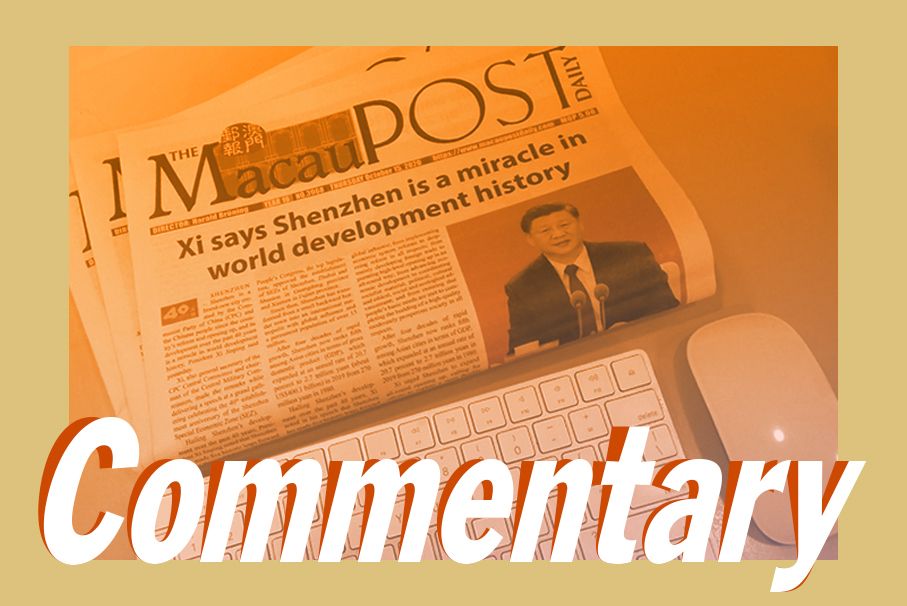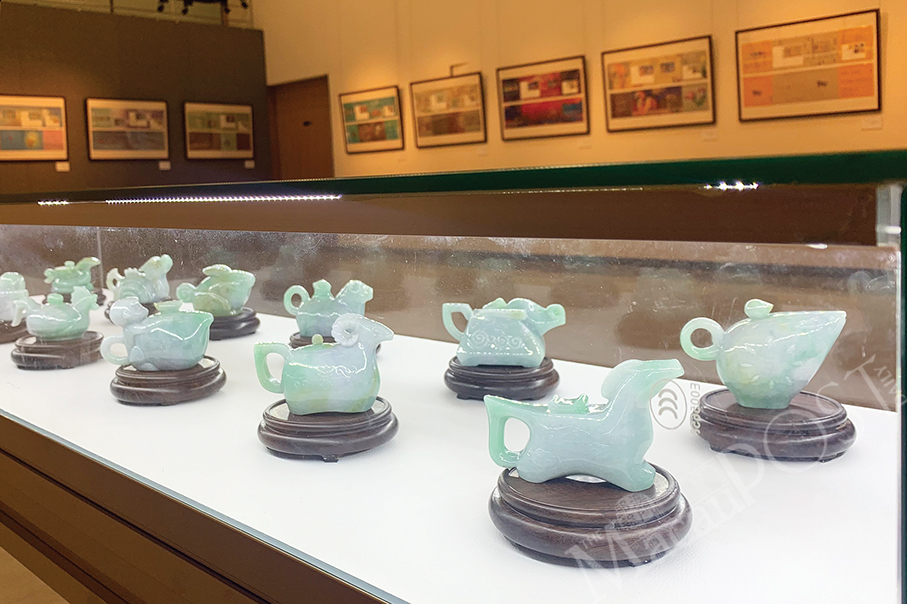The government-appointed Cultural Heritage Committee on Friday held a plenary meeting to introduce preliminary proposals on the feasibility of installing an additional lightning protection device on the UNESCO World Heritage listed Ruins of St Paul’s, and Cultural Affairs Bureau (IC) President Deland Leong Wai Man told the media during a post-meeting press conference that “we are endeavouring to commence the installation of the device at the beginning of next year”.
According to Leong, a feasibility study on the retrofitting of the lightning protection device on the Ruins of St Paul’s has been carried out in conjunction with the Public Works Bureau (DSOP) and the Chinese Academy of Cultural Heritage (CACH). “After a relatively rigorous study, two preliminary options have been shortlisted from the many options available, both of which involve a passive lightning protection device with the least impact on the cultural heritage and the landscape”, she told the media at the Macau Cultural Centre in Nape, adding that the two preliminary proposals still needed to be further studied with a view to deepening their design, before one of them could be chosen, followed by the release of the planning and construction drawings and the finalisation of the specific construction period and budget.
Consideration was given to retrofitting the lightning protection device, following a thunderstorm in mid-June this year in which a small stone fell from the top of the Ruins of St Paul’s façade.
Leong underlined that it was common to install lightning protection systems on heritage buildings in other places, pointing out that the future lightning protection device consisting of copper would mainly be installed at the back of the top of the Ruins of St Paul’s façade, with a reversible mounting method, so that “basically, it is not easy for tourists to notice it when they are visiting the Ruins of St. Paul’s”.

Cultural Affairs Bureau (IC) President Deland Leong Wai Man addresses Friday’s press conference after the government-appointed Cultural Heritage Committee’s closed-door meeting, at the Macau Cultural Centre in Nape. – Photo courtesy of TDM
Macau Palace Museum project
In addition, the closed-door meeting, according to the press conference, was also briefed on the preparations for the establishment of the Macau Palace Museum Cultural Heritage Conservation and Transmission Centre, as well as the work of assessing the cultural value of movable assets.
In 2019, with the aim of promoting cultural heritage conservation, cultural creation and research and development, education and promotion, as well as the dual development of cultural undertakings and cultural industries, Macau’s then chief executive Fernando Chui Sai On and the central government signed a Memorandum of Understanding on the Establishment of the Macau Palace Museum Cultural Heritage Conservation and Transmission Centre at the Handover Gifts Museum of Macau in Nape.
Speaking to the media, Leong said that with an exhibition area, a heritage restoration work area and a cultural and creative exhibition area, the centre will be located at the Macau Museum of Art, with its tentative opening slated for the end of this year. She added that the exhibition area mainly showcases the results of the restoration of heritage at the Palace Museum in Beijing or in Macau in the future, aiming to promote Macau’s development in the field of heritage restoration through publicity, education and promotion.
In terms of moveable heritage, according to Leong, in line with the Cultural Heritage Law, the assessment of movable heritage is restricted to public sector artefacts, antiques, audio-visual materials, books and documents, with the first batch targeting the heritage documents in the museums under the Cultural Affairs Bureau, as well as the materials and books in the archives.
She noted that a platform has been set up to make it easier for public entities to examine whether there are any movable assets that could be included on the local cultural heritage list to facilitate her bureau’s assessment procedures.






